Speed Range of Internal Gear Pump
Definition Of Speed Range And Its Importance In Internal Gear Pump
Definition of Speed Range:
Speed Range refers to the rotational speed range in which a hydraulic pump can operate stably and efficiently, usually expressed as Minimum Speed and Maximum Speed, and the unit is generally RPM (Revolutions Per Minute).
For an internal gear pump, the speed range directly affects its flow output, pressure stability, wear life and energy efficiency performance.
Importance of Speed Range in Internal Gear Pump Selection:
Flow Control
The output flow (Q) of the pump is proportional to the speed (N) (Q ∝ N), so the speed range determines the flow regulation ability of the pump.
Too low speed → insufficient flow, which may lead to poor lubrication or increased pulsation.
Too high speed → excessive flow, which may cause cavitation or excessive wear.
Pressure Stability
Excessive speed may increase internal leakage and reduce volumetric efficiency.
Excessive speed may prevent the pump from building up enough pressure (especially in high-pressure systems).
Fluid Compatibility
High-viscosity fluids: Reduce the speed to ensure that the gaps between the teeth are fully filled.
Low-viscosity fluids: Allow higher speeds, but prevent cavitation.
Lifespan & Reliability
Exceeding the recommended speed range will increase the wear of gears, bearings and seals, shortening the service life of the pump.
Long-term high-speed operation may cause overheating, affecting the performance of the hydraulic oil.
System Compatibility
The speed must be matched with the drive motor (such as an electric motor or engine) to avoid exceeding the pump’s tolerance limit when using a variable frequency drive (VFD).
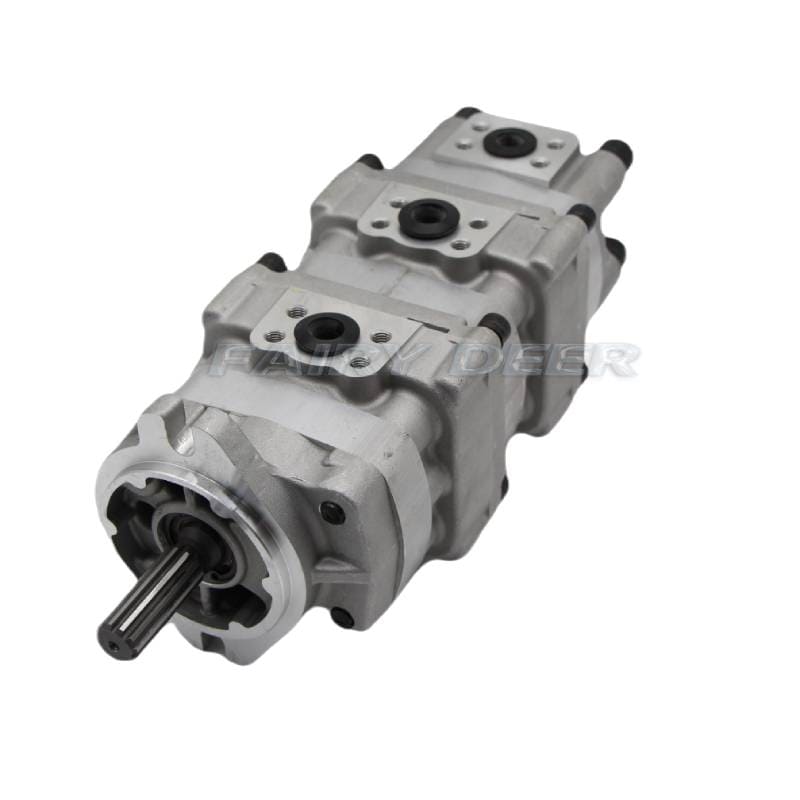
Optimize Internal Gear Pump Performance
Speed limits depend on pressure rating: The maximum allowable speed of an internal gear pump is constrained by its pressure rating. Higher pressure levels impose greater mechanical and hydraulic stresses, requiring lower maximum speeds to ensure durability. For example, high-pressure internal gear pumps with rated pressures of 210–315 bar typically have maximum speeds around 2000–2400 rpm.
Design features for high pressure: Technologies like floating bushings or elastic side plates help maintain volumetric efficiency at high pressures (10–16 MPa), but speed must still be controlled to prevent wear and cavitation.
Flow rate proportional to speed: The pump flow rate equals displacement per revolution multiplied by speed. Thus, the speed range defines the achievable flow range. A wide speed range allows adaptation from low to high flow demands.
Matching displacement and speed: Larger displacement pumps usually have lower maximum speeds to limit mechanical stress, while smaller displacement pumps can operate at higher speeds suitable for high flow applications.
Choose speed range according to pressure requirements: For high-pressure systems (>16 MPa), select pumps with reinforced structures and lower rated speeds to ensure reliability. For medium and low pressure (≤10 MPa), pumps with higher speed capabilities can meet larger flow demands.
Match displacement and speed to flow needs: Select displacement size and ensure the pump’s speed range covers operating conditions to avoid suction problems at low speeds or excessive wear at high speeds.
Refer to authoritative technical data: Consult technical manuals from reputable manufacturers like Parker Hannifin, considering working fluid viscosity, temperature, and inlet pressure for comprehensive selection.
Match The Right Model For Your Machine

Single Gear Pump For KOMATSU PC75UU-2 Excavator

Double Gear Pump For CATERPILLAR E305.5 E306 E308 Excavator

Triple Gear Pump For KOMATSU 3-5 Ton Excavator
Internal Gear Pump Speed Range And Application Industry Guide
Understanding the speed range of internal gear pumps is crucial for hydraulic system designers and procurement professionals aiming for efficient and reliable operation. Authoritative industry data indicate that internal gear pumps typically operate between 500 rpm and 3000 rpm, with some high-performance models exceeding 6000 rpm. Selecting the appropriate speed range directly affects the pump’s flow rate, pressure capacity, energy efficiency, and service life.
Different application scenarios demand different speed characteristics: low-speed, high-viscosity conditions (such as heavy-duty hydraulic systems and lubrication circuits) require pumps with stable displacement at lower speeds, while high-speed, high-flow applications (like injection molding machines and machine tool cooling) benefit from pumps designed for higher rotational speeds. Buyers should carefully consider pressure ratings, displacement requirements, and operating environments, consulting trusted manufacturers to match pump speed ranges accurately, thus avoiding cavitation, excessive wear, or efficiency loss.
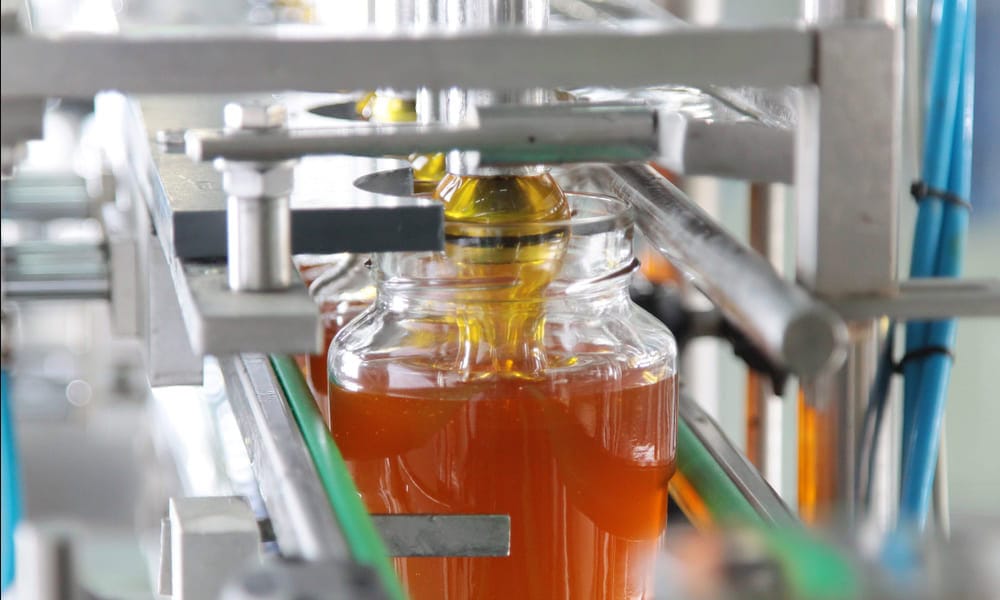
Speed Range: 500–900 rpmFood Processing - Jam Filling Machine
The pump provides a stable flow rate (0.3 m³/h) at 500 RPM to ensure filling accuracy, pressure 3 bar.
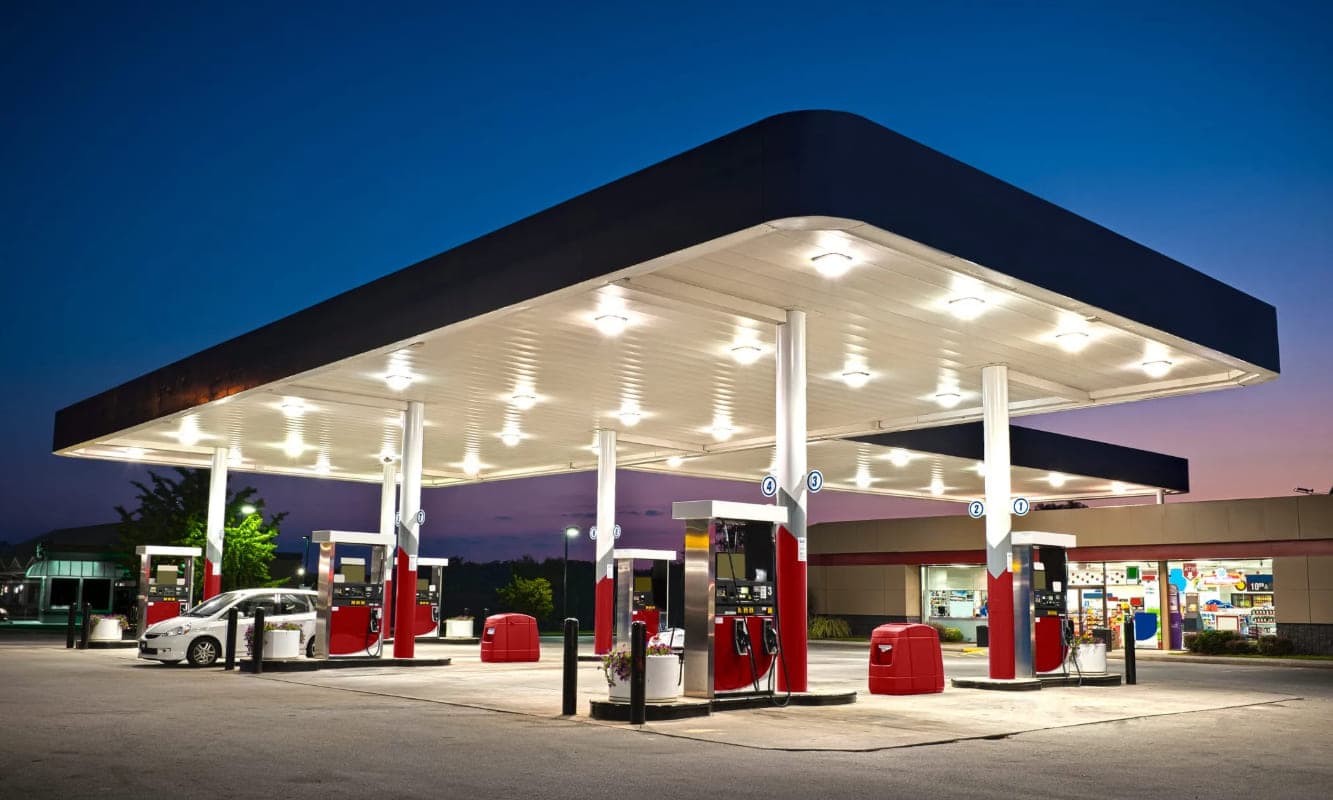
Speed Range: 500–900 rpmLight Oil Transfer - Gas Station Underground Transfer
Explosion-proof gear pump runs at a low speed of 600 RPM to reduce volatilization and static electricity risks.
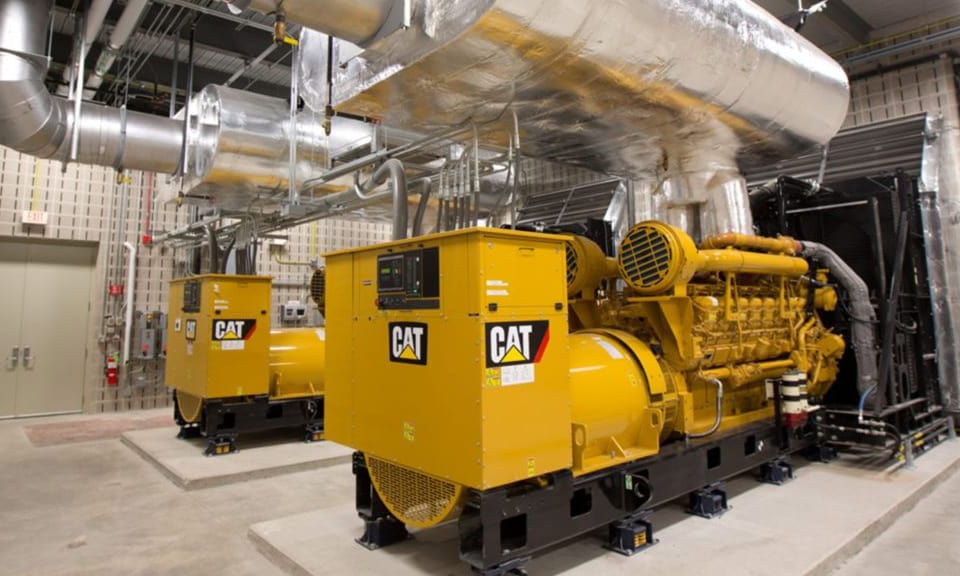
Speed Range:900–1500 rpmFuel Transfer - Generator Fuel Supply
Delivers diesel fuel (viscosity 2–5 cSt) at 900 RPM, 3 m³/h, 7 bar, avoiding cavitation and volatilization.
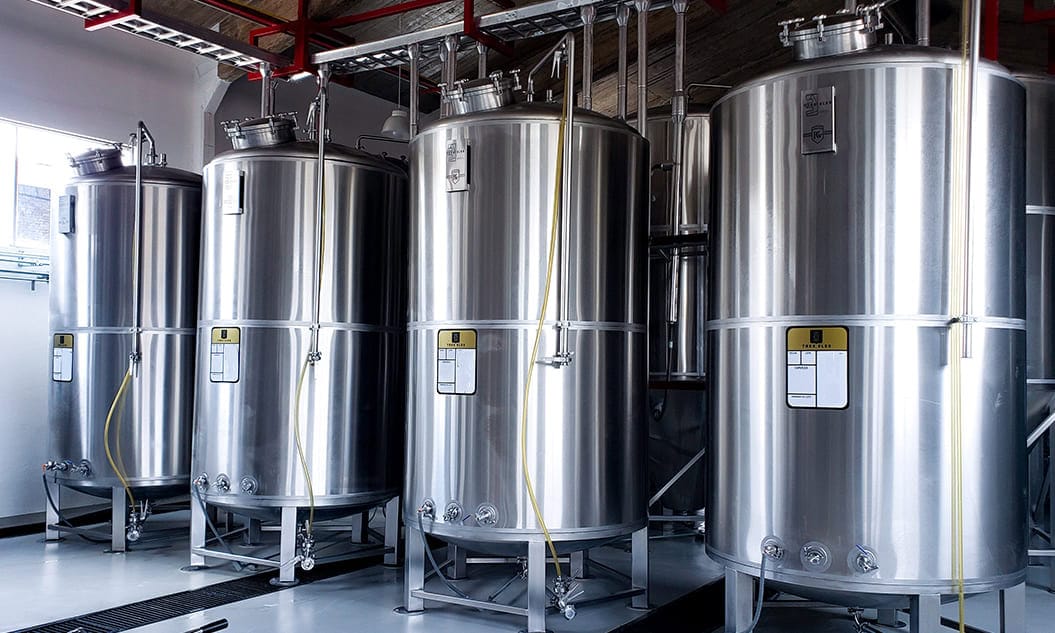
Speed Range:900–1500 rpmChemical Fluid Handling - Paint Mixing Tank
1100 rpm circulation of acrylic paint (viscosity 200 cp), displacement 2 m³/h, pressure 3 bar, to prevent pigment settling.

Speed Range: 1500–3000 rpmMachine Tool Cooling - Grinder High-Pressure Cooling
3000 rpm generates 20 bar high pressure jet to accurately flush the workpiece surface of the wear debris.
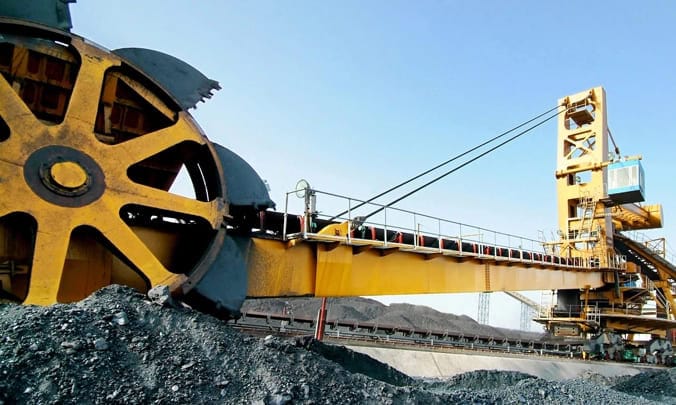
Speed Range: 1500–3000 rpmCentralized Lubrication - Mining Equipment Auto-Lubrication
2000 rpm delivers 40 m³/h of high viscosity grease (NLGI grade 2) at 15 bar pressure over a kilometer long pipeline.
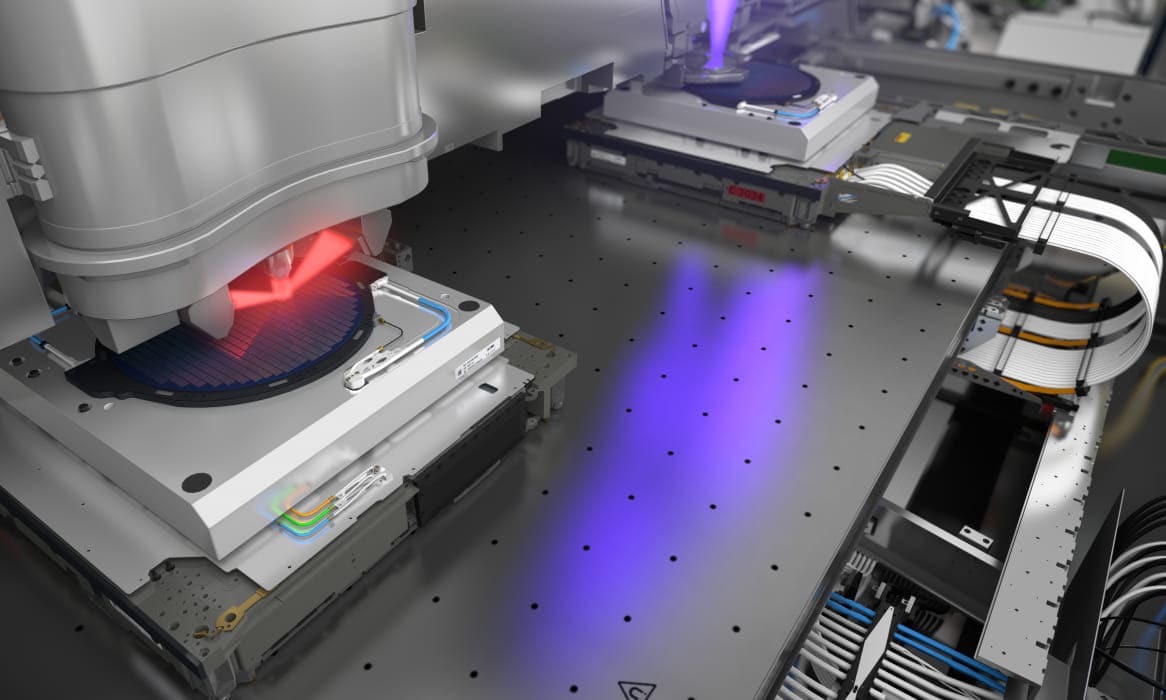
Speed Range: 3000–6000+ rpmPrecision Equipment Hydraulic - Semiconductor Lithography Wafer Stage
Provides 2 m³/h of ultra-clean hydraulic oil (pressure 10 bar) at 5000 rpm, controlling wafer movement with an accuracy of ±1 nm.
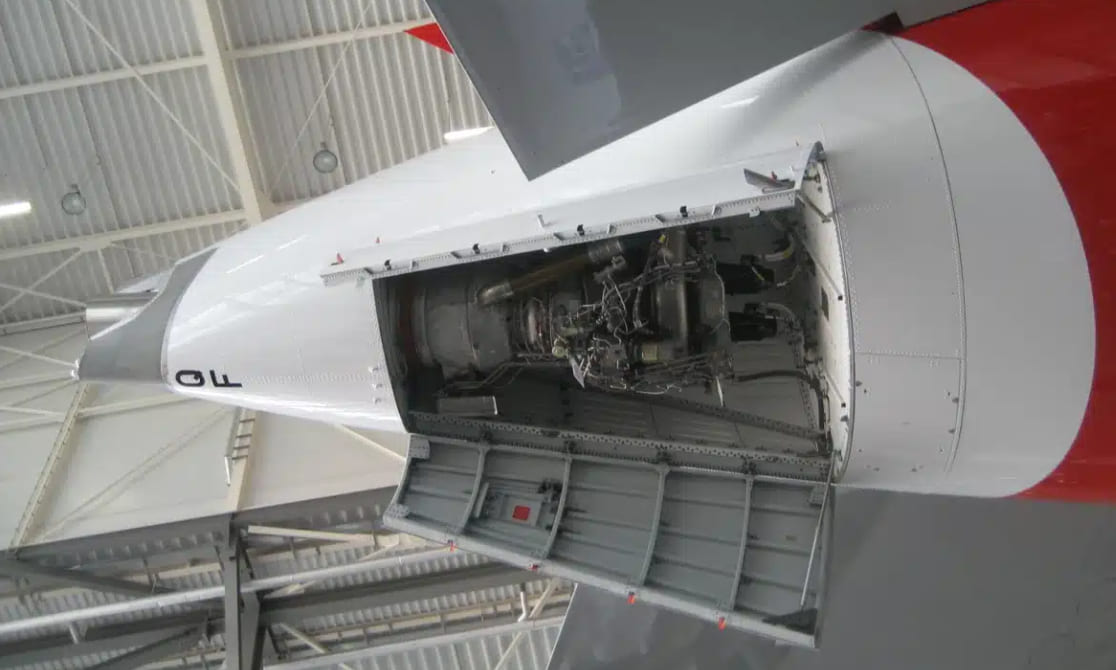
Speed Range: 3000–6000+ rpmAerospace Fuel Transfer - Aircraft Auxiliary Power Unit (APU) Fuel Supply
6000 rpm to deliver aviation kerosene (Jet-A, viscosity 1.2 cSt), flow rate 5 m³/h, pressure 8 bar, to meet extreme temperature (-40°C~120°C) working conditions.

Speed Range: 3000–6000+ rpmHigh-end Chemical Micro-dosing - PV Wafer Etching Fluid
3500 RPM maintains a stable flow of hydrofluoric acid mixture, PTFE fully lined structure.
How to Choose the Appropriate Speed Range Based on Your Equipment Requirements?
Identify System Pressure and Flow Requirements
The maximum pump speed is often limited by the pressure rating. High-pressure systems (≥210 bar) require pumps with lower maximum speeds and reinforced designs to avoid excessive wear and failure. Flow rate is proportional to speed; high flow demands require pumps capable of higher speeds, while low flow or high-viscosity fluids favor lower speeds to ensure proper suction and stable output.
Consider Fluid Properties and Operating Conditions
High-viscosity fluids necessitate lower speeds to prevent cavitation and suction issues, whereas low-viscosity fluids can operate at higher speeds for better efficiency. Pumps used in variable speed or frequent start-stop environments should have a wide speed range for flexibility and stability.
Refer to Authoritative Product Data and Technical Manuals
Manufacturers like Parker recommend internal gear pump speed ranges typically between 500-3000 rpm, with some high-performance models exceeding 6000 rpm. Operating within 80%-130% of rated speed is advised to maintain efficiency and longevity, as noted in Iowa Mold Tooling’s guidelines.
Selection Recommendations
Ensure the pump’s speed range covers the design operating conditions to avoid suction problems at low speeds or excessive wear at high speeds.
Match speed with pressure rating and displacement: low speed for high pressure, higher speed for low pressure.
Adjust speed according to fluid viscosity and type to prevent cavitation and efficiency loss.
Choose pumps from reputable brands with comprehensive technical support and after-sales service, relying on authoritative data.
FAQs
Answer: The common speed range of an internal gear pump is generally between 500 rpm and 3000 rpm, and some high-performance models can reach up to 6000 rpm or more. This range is suitable for a variety of fluid viscosities and pressure conditions to meet the needs of different industrial applications.
Answer: The flow rate of a gear pump is proportional to the speed. The higher the speed, the greater the flow rate; but too high a speed may lead to increased wear and cavitation risks. The higher the pressure level, the stricter the speed limit. Reasonable matching of the speed range helps improve the efficiency and life of the pump.
Answer: The low speed range (500-900 rpm) is suitable for high viscosity liquids and lubricating oil circulation; the medium speed range (900-1500 rpm) is often used in hydraulic systems and fuel delivery; the high speed range (1500-3000 rpm and above) is suitable for injection molding machine cooling and precision equipment.
Answer: High pressure applications (≥210 bar) usually require low speed pumps to reduce mechanical stress and wear; medium and low pressure systems can use high speed pumps to meet greater flow requirements. Pressure and speed need to be considered comprehensively to ensure stable operation of the pump.
Answer: High viscosity fluids need to run at a lower speed to ensure oil absorption performance and prevent cavitation. Excessive speed will cause pump overload and reduced efficiency. Internal gear pumps with low speed and high efficiency design are more suitable for such working conditions.
Answer: The use of automatic seal gap compensation technology (such as floating sleeves or elastic side plates) can keep the pump high efficiency and low noise over a wide speed range, which is suitable for frequent speed change applications such as servo energy-saving systems.
Answer: Buyers should combine system pressure, flow and liquid characteristics to select a speed range that covers the design conditions to avoid insufficient oil suction at low speed or excessive wear at high speed. Refer to authoritative manufacturer technical manuals (such as Parker) and actual operating data to achieve efficient and durable pump selection.
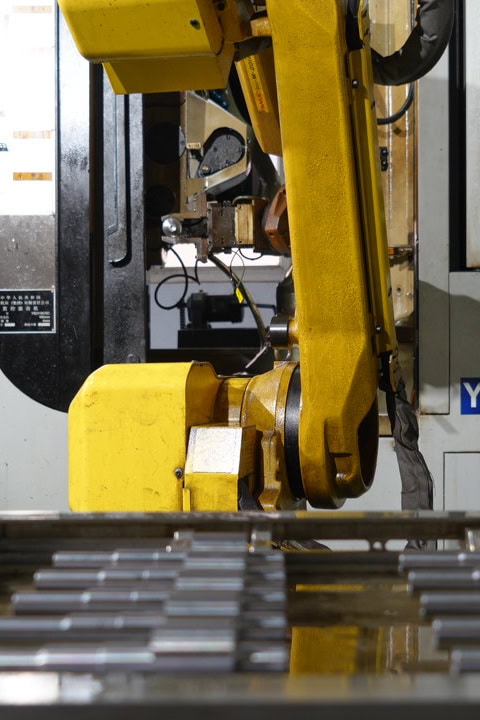
Enpower Your Machine Business Now!
Welcome to consult installation, maintenance and care, after-sales, price and other issues, we will reply you as soon as possible.
Support customization and distributor.
